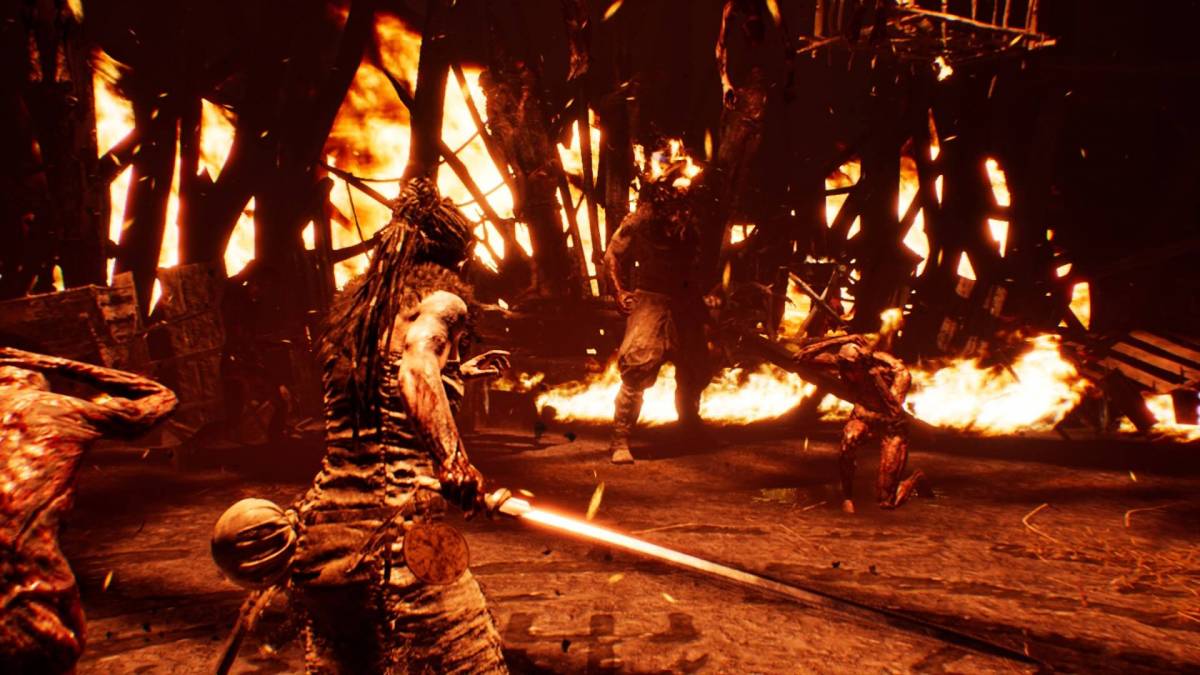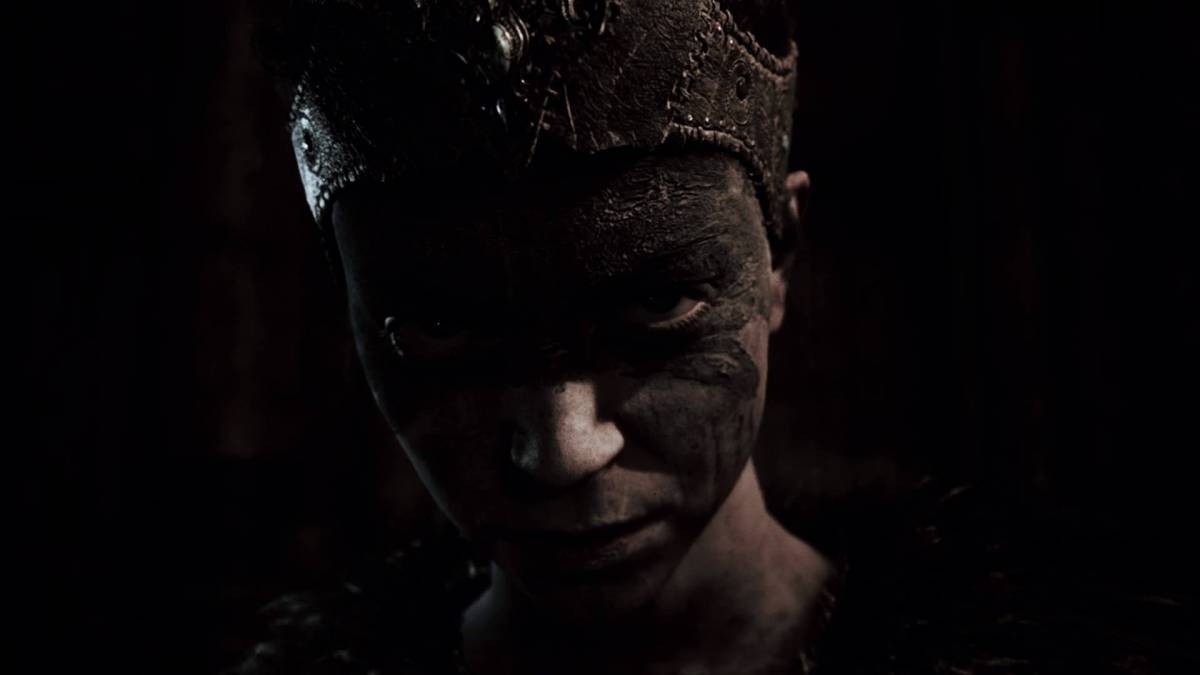Much has been made of Ninja Theory’s decision to, more or less, sneak a permadeath system into Hellblade: Senua’s Sacrifice. Despite the developers being incredibly open with fans and the wider gaming community about the game’s production for years, the “feature” was never mentioned. Instead, it was left to reviewers and YouTubers to break the news.

Hellblade follows Senua: a mentally embattled warrior trying to reclaim the soul of her slain lover. It’s one of the most sincere depictions of mental health in any form of media – not just video games – and is a large part of what the ambitiously produced “indie AAA” is all about while never making it feel like a hokey gimmick.
Senua’s psychosis frames a lot of the gameplay, asking her to solve puzzles to overcome her mental barriers or to face the physical manifestations of her demons. It’s a dense and heavy game that won’t appeal to everyone and one that might have turned even more people away with the permadeath revelation.

After each death, the “dark rot” sets in on Senua’s arm, taking the form of tendrils snaking their way upwards. Once they reach her head, it’s game over and your save file is wiped. Hours of an emotionally draining journey spent with one of the most interesting video game protagonists we’ve seen in some time gone just like that.
Or so we all thought.
With the community abuzz about the permadeath, several people did some digging into whether this was a genuine threat or just a ploy to raise the stakes, to add to the intensity and urgency of Senua’s quest. After plenty of deaths and countless decibels of Senua’s haunting screams of anguish, the same conclusion kept cropping up: it was all a bluff.
Evident in many different playthroughs, people noticed that the rot would grow but ultimately stop up to a certain point after many deaths in a row. The rot wouldn’t again spread until the story had progressed, typically growing darker after hellish encounters. It even fully encompasses Senua’s arm leading up to the final battle, player deaths or not.
I had my own doubts when I was playing through Hellblade for my review. I’m not exactly what you would call “good” at games in the traditional sense (i.e. not failing at every turn), so death was greeted pretty routinely. After a particularly nasty streak of deaths involving utter darkness and things that go bump in the night, it looked like it was curtains, Senua’s arm pretty much a replica of the bassist’s from Rage Against The Machine.
With probably only one death left in the tank, Hellblade took on another level of intensity. Each fight felt like a game of chess, anxiously avoiding even the slightest chance of getting hit or being caught up in a mob of them. The strategy of drawing enemies out one by one while meticulously chipping away at them worked for a long time, but the inevitable death had my throwing arm twitching in anticipation of throwing the PS4 out of the window.
But nothing happened. The rot retreated to the halfway point, the game and I agreeing to look the other way. The jig was up, but not before it had served its purpose.

Almost every design choice in Hellblade is consequential, an intentional decision to reflect the message at its heart; nothing is done “just because”. Throughout the course of its eight hours, the player grows to feel a real sense of empathy, almost pity, for Senua’s suffering. By threatening to sever the connection with something that is somewhat in the player’s control while also totally dependent on their own skill, it raises the stakes to almost unbearable levels, which could also be viewed as another reflection of Senua’s self-doubt and internal strife.
Over the course of the game, the line between reality and what’s in Senua’s mind becomes increasingly blurred to the extent that everything you know about it up to a point needs to be questioned. It’s to signify Senua’s psychosis, the uncertainty over every single decision she makes being second guessed by voices in her head. With the implementation of a fake permadeath scenario, Ninja Theory are just pulling players deep down into the hole with her.
Plus, and I don’t think you would ever catch them admitting to it, Ninja Theory must have known that it would get people talking. It stoked up plenty of controversy, some good, some bad, but what else markets a video game better in 2017 than a bit of outrage?
Some of the coverage you find on Cultured Vultures contains affiliate links, which provide us with small commissions based on purchases made from visiting our site. We cover gaming news, movie reviews, wrestling and much more.



